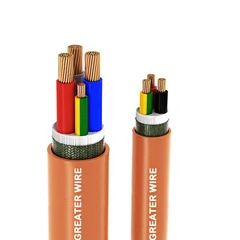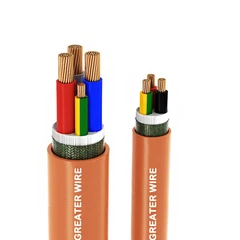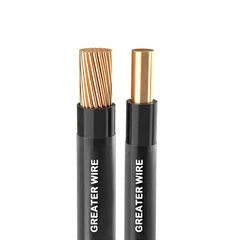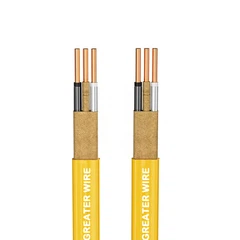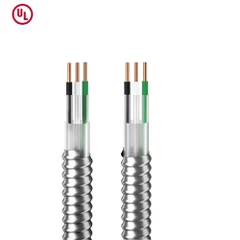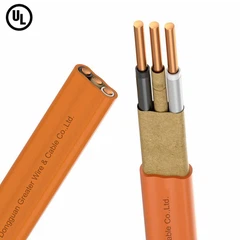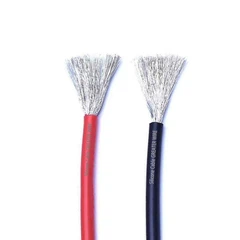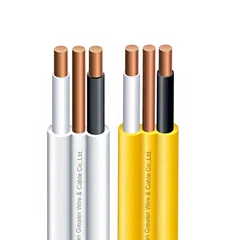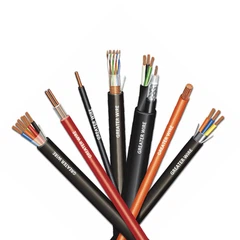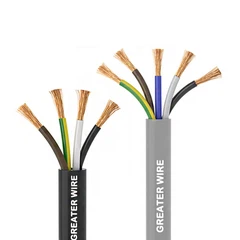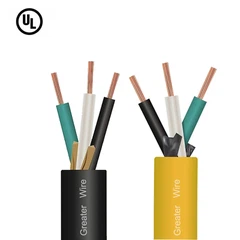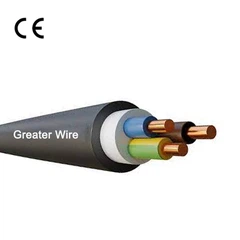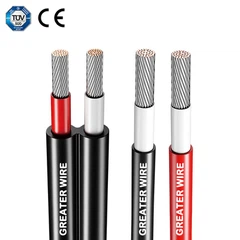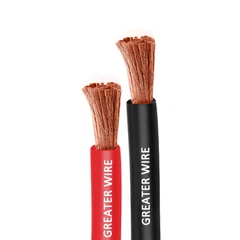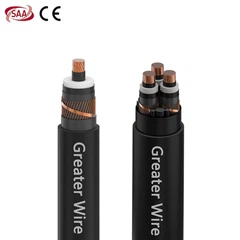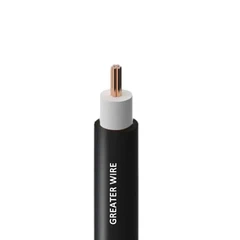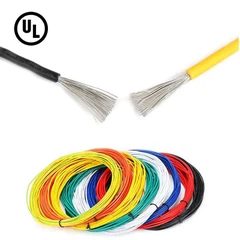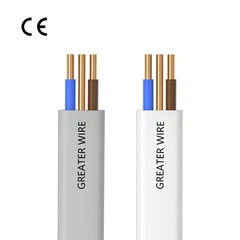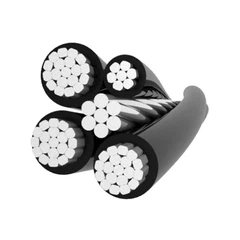1. Bending radius standard for MC cables
1.1 NEC (National Electrical Code) Requirements
According to the National Electrical Code (NEC), the minimum bending radius of MC cables depends on the diameter and structure of the cable. Usually, NEC 330.24 chapter provides the following guidance:
Metal Clad Cable (MC): The bending radius shall not be less than 7 times the outer diameter of the cable (applicable to MC cables with aluminum sheaths).
If the MC cable includes an inner sheath (such as a PVC layer), the bending radius requirements may vary and usually require reference to the manufacturer's specific specifications.

1.2 UL (Underwriters Laboratories) standards
The Underwriters Laboratories (UL) in the United States has also put forward relevant requirements for the bending radius of MC cables. UL 1569 stipulates that MC cables must have sufficient flexibility and not be damaged by excessive bending in a reasonable installation environment.
2. Calculate the minimum bending radius of MC cable
The calculation of the minimum bending radius for MC cables is usually based on the following formula:
Minimum bending radius (R)=cable outer diameter (D) × bending coefficient (K)
Among them:
D is the outer diameter of the MC cable (in millimeters or inches).
K is the bending coefficient specified by NEC or the manufacturer, usually 7.
For example:
A MC cable with an outer diameter of 1 inch (25.4mm) has a minimum bending radius of:
R=1 × 7=7 inches (177.8mm)
If the outer diameter of the cable is 2 inches, the minimum bending radius is:
R=2 × 7=14 inches (355.6mm)
Therefore, during the construction process, MC cables must be bent at least according to this radius to avoid damaging the cables.

3. Factors affecting the bending radius of MC cables
3.1 Cable Structure
Conductor material: Copper conductors are more flexible than aluminum conductors, so copper MC cables with the same outer diameter typically have smaller bending radii.
Sheath type: MC cables with PVC or XLPE insulation may have different flexibility, which can affect the bending radius.
3.2 Installation method
Manual bending vs. mechanical bending: Thicker MC cables typically require the use of specialized bending tools, while thinner cables can be manually bent.
Fixing method: When installing MC cables, if the fixing is too tight, it may affect the bending performance of the cable.
3.3 Operating Environment
Temperature: Low temperature environments may make MC cables brittle and increase the difficulty of bending.
External pressure: When bending MC cables in narrow spaces, excessive compression or pulling of the cables should be avoided to avoid damaging the insulation layer.

4. Practical application cases
4.1 Installation of MC cables in industrial environments
In industrial facilities, MC cables are commonly used for wiring power cables or control cables. During equipment installation, it is usually necessary to reserve sufficient space according to NEC regulations so that cables can be arranged according to the correct bending radius.
4.2 MC cables in commercial buildings
In commercial buildings such as office buildings or shopping malls, MC cables are typically installed in cable trays, metal trunking, or underground pipelines. In these application scenarios, it is necessary to ensure that the MC cable is not damaged due to excessive bending during wiring.
4.3 Use of MC cables in home decoration
In some residential applications, MC cables can be used for indoor wiring. However, due to limited residential space, electricians need to pay special attention to the bending radius when installing MC cables to ensure compliance with NEC regulations.



